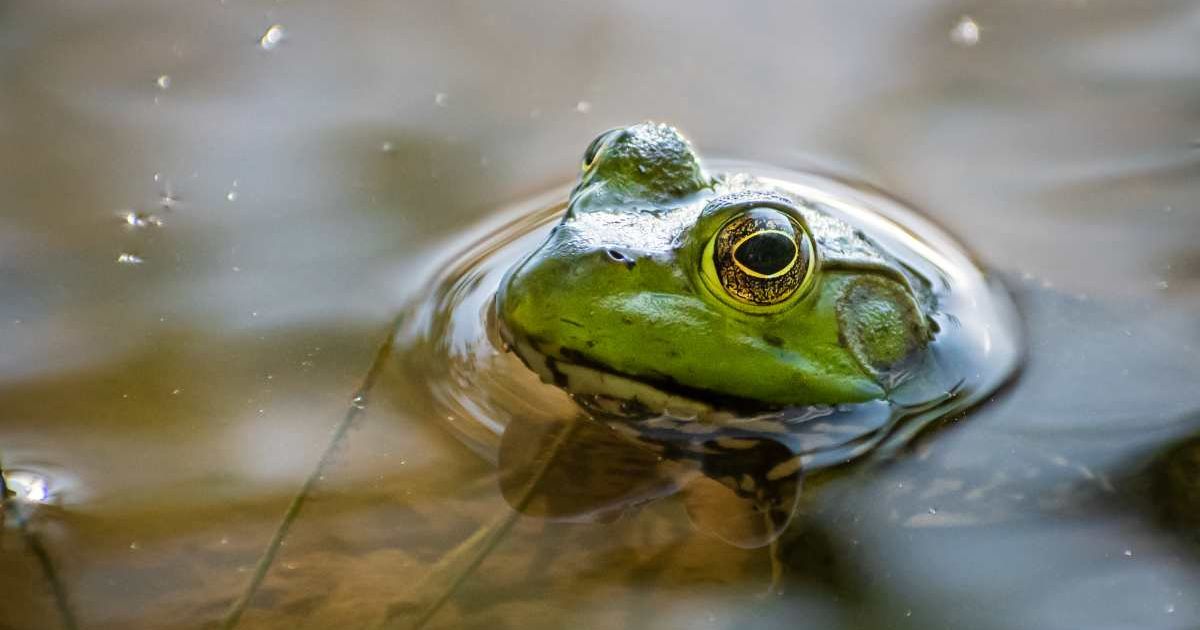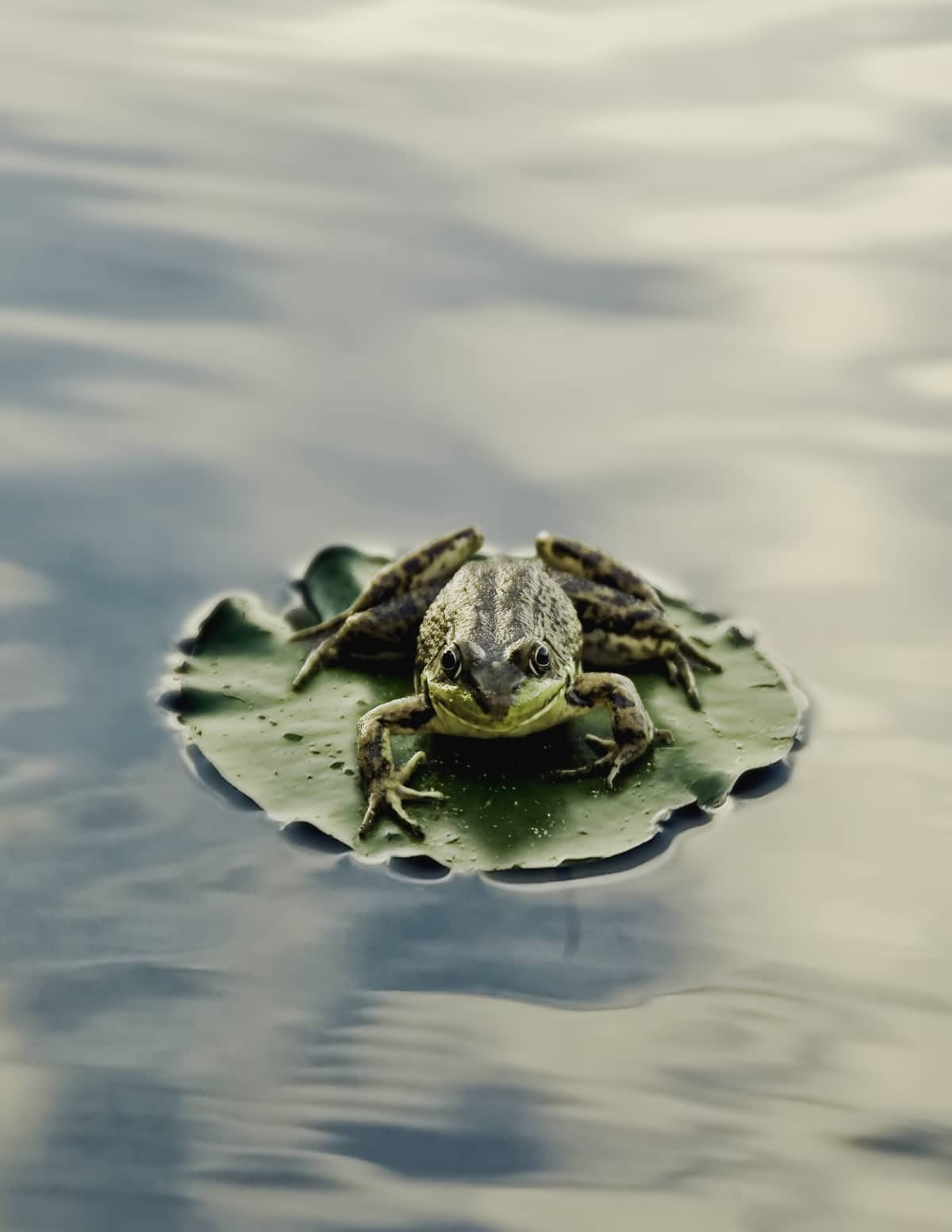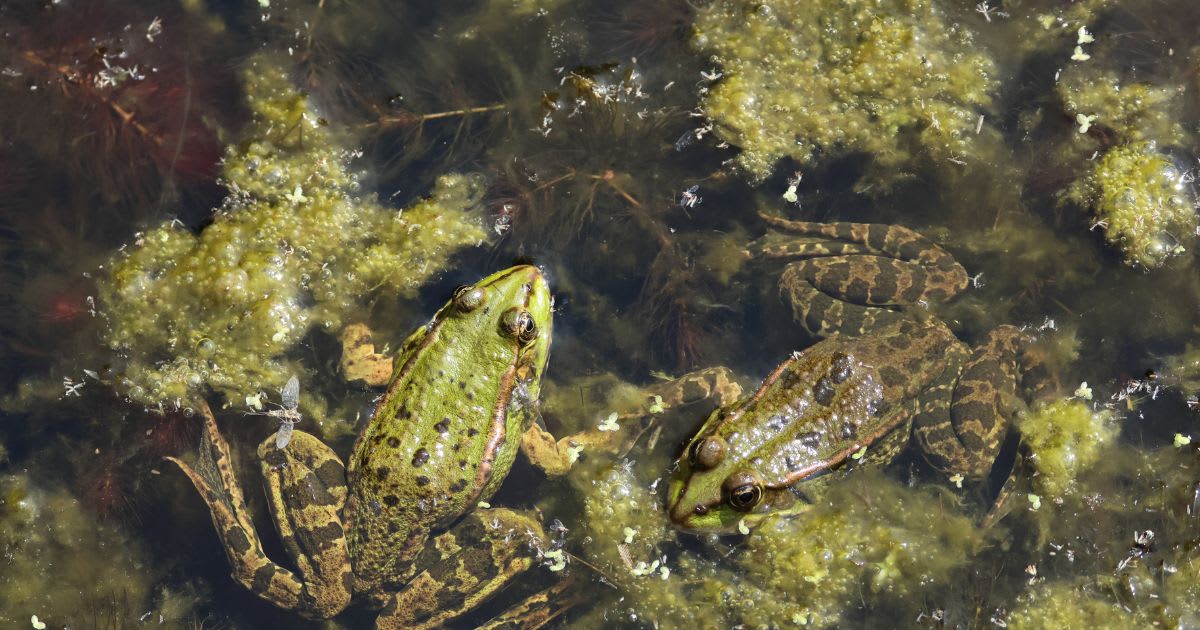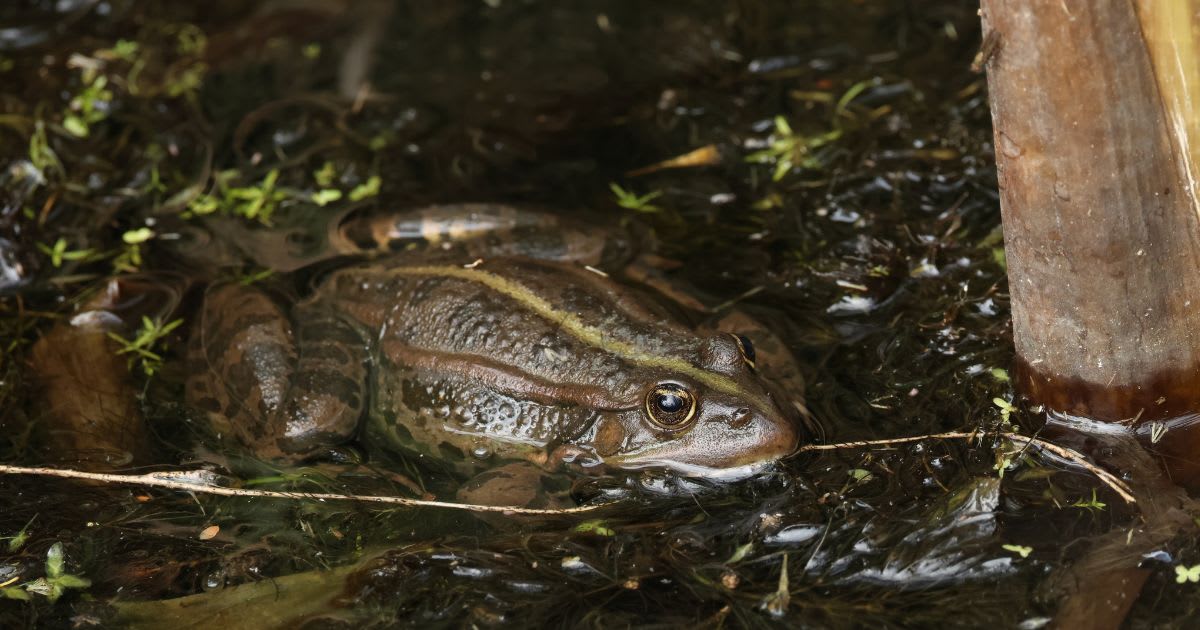Scientists track 600 endangered frogs released near Victoria, hoping they can make it home

Over 600 critically endangered tree frogs, including tadpoles, juveniles, and one-year-olds, were finally released into a fast-flowing mountain stream of the Kiewa River near Mount Beauty, Victoria, Australia. These frogs spent years enduring pain in captivity, but are now thriving in the wild. According to The Guardian, the step was taken to bolster the dwindling populations of the species after the 2019-20 bushfires that ravaged 50% of their population in the Victorian habitat. This initiative will also increase the genetic diversity among the species.

The process was carried out in three consecutive parts. In 2024, 300 tadpoles and 70 juveniles were released in the wild, and now a team of biologists from Zoos Victoria and Wild Research has released 265 one-year-old frogs. Biologists attached a scanner to each one of them to observe their journey. Dr Matt West, who has been part of a team tracking their survival after release, said, “Quite a large proportion of those animals are actually surviving, which is exciting and brings us a huge amount of hope that we might be able to recover this population of spotted tree frogs.”

The news of their survival brings joy, as these species face many threats, including a disease called the chytrid fungus, predation by trout, flash flooding, and bushfires. West highlighted that since their camouflaged body matches the color of their habitat, it becomes difficult to distinguish them from "granite boulders, ferns and sedges." However, they have moved 10 km from the section of the stream where they were released, further intensifying the hopes of their survival in the wild. “It’s challenging walking up and down the stream, just for a couple of kilometres. But when you’ve got to extend that out to 10km, it makes it even more difficult to find a frog,” West continued in his interview with the outlet.
Researchers across the nation are celebrating the happy news of their return to the Kiewa River. Deon Gilbert, a threatened species biologist with Zoos Victoria conservation, said that the river has a limited number of trout and was the perfect site to release tree frogs. The lower number of predators can be the primary reason behind their prosperity in the river. Dr Kirsten Parris, an amphibian ecologist at the University of Melbourne, called them “beautiful” and “super cute.”

Further, the limited canopy around the Kiewa River also provides warmth to frogs. The sunlight kills the bacteria that spread the chytrid fungus in the species, which could probably kill them. Their survival data was collected by a collaborative effort of the team, including traditional owners, recreational fishers, community members, and biologists from Zoos Victoria and Wild Research. They spend days and nights tracking these frogs, listening to their calls, or tracking the reflection of their eyes to note these findings. Gilbert affirmed that their efforts will continue to monitor their health. “Fingers crossed things start looking up for them,” he prayed. The revival of an ecosystem is far from an easy task, but with so many well-wishers at hand, it's beginning to seem less impossible.